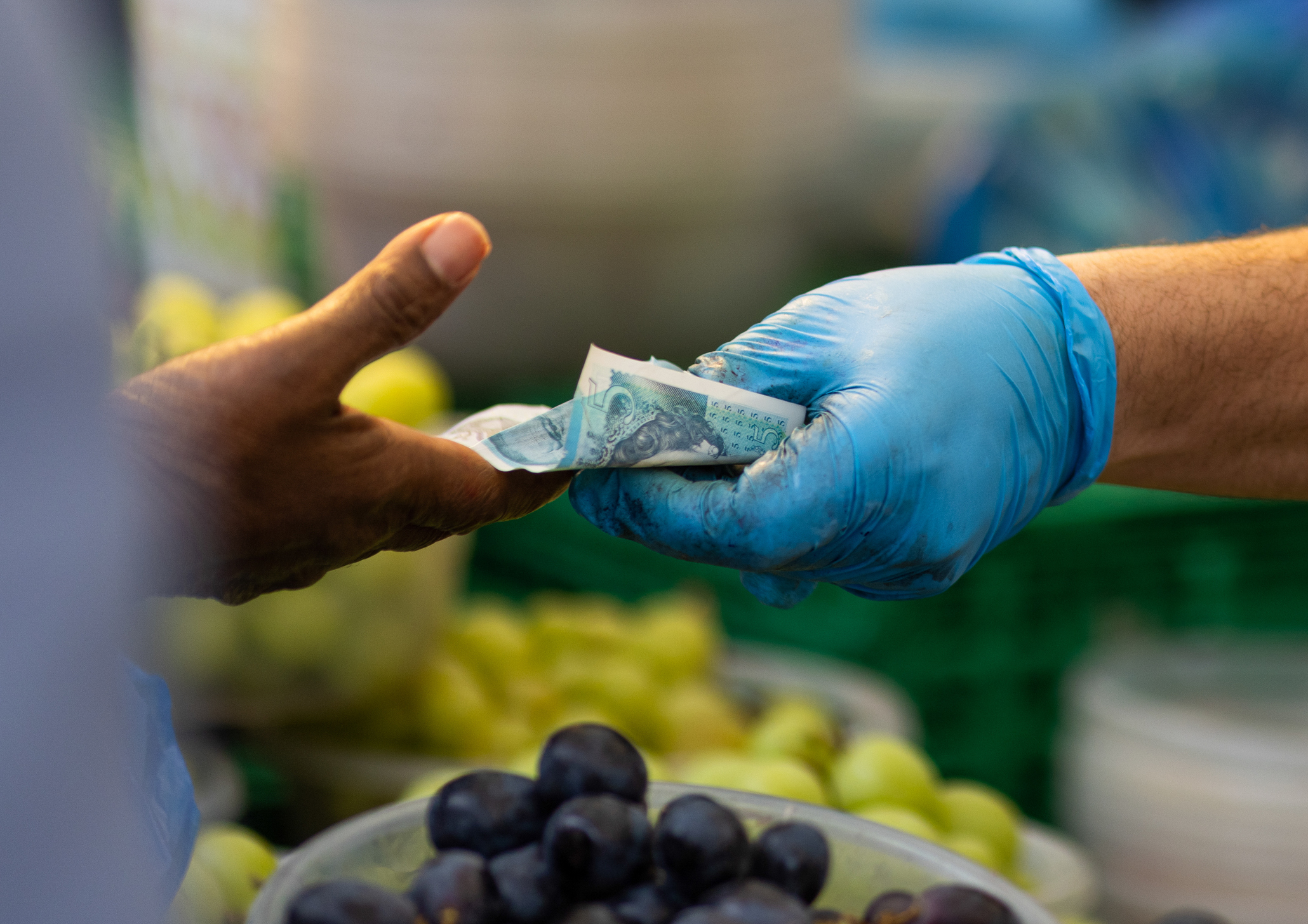The latest GDP figures for the eurozone showed that the currency union had returned to growth (as a whole) for the first time since 2011. The economy grew at a rate of 0.3% in the second quarter of 2013, slightly better than analysts had expected. The improvement was driven mainly by faster growth in Germany (0.7%) and France (0.5%), while the Dutch, Italian and Spanish economies all shrunk slightly.
What the commentators said
Although a breakdown of the full data is yet to be published, German and French figures show household spending played a key role in driving demand. "This suggests that the recent period of relative calmness in the eurozone is encouraging core consumers to spend money and might raise hopes of a narrowing of the economic imbalances within the currency union," said Capital Economics.
Nonetheless, the divergence between Europe's stronger and weaker economies remains deeply entrenched, despite Portugal managing an unexpectedly high 1.1% growth rate. "The peripheral economies remain a very long way from the rates of expansion required to address their deep-seated problems of mass unemployment and cripplingly high debt," added Capital Economics.
MoneyWeek
Subscribe to MoneyWeek today and get your first six magazine issues absolutely FREE

Sign up to Money Morning
Don't miss the latest investment and personal finances news, market analysis, plus money-saving tips with our free twice-daily newsletter
Don't miss the latest investment and personal finances news, market analysis, plus money-saving tips with our free twice-daily newsletter
Indeed, further hints of a two-speed recovery with Germany and France accelerating and the periphery lagging might be a cause of more worry than celebration, if it led to a stronger euro or forced the European Central Bank to reconsider its ultra-loose monetary policies.
Given this, most commentators were keen to downplay any expectations that one quarter of good growth marked the start of a widespread recovery. "Following a downward correction in July, output is likely to move sideways or at most rise minimally," said Ralph Solveen of Commerzbank. Overall, the eurozone remains deep in the hole. "Output is still 3% below its peak and increasing at about 1%" a year, pointed out Hadas. "It's hard to believe in more than a feeble revival for now".
Get the latest financial news, insights and expert analysis from our award-winning MoneyWeek team, to help you understand what really matters when it comes to your finances.
MoneyWeek is written by a team of experienced and award-winning journalists, plus expert columnists. As well as daily digital news and features, MoneyWeek also publishes a weekly magazine, covering investing and personal finance. From share tips, pensions, gold to practical investment tips - we provide a round-up to help you make money and keep it.
-
 Why UK investors are backing British stocks in 2026
Why UK investors are backing British stocks in 2026The UK stock market may be lacking fashionable technology shares but investors are keen to buy British next year
-
 UK inflation live: did inflation fall in November?
UK inflation live: did inflation fall in November?The ONS releases inflation data for November tomorrow (17 December). Has inflation continued its downward trend?

